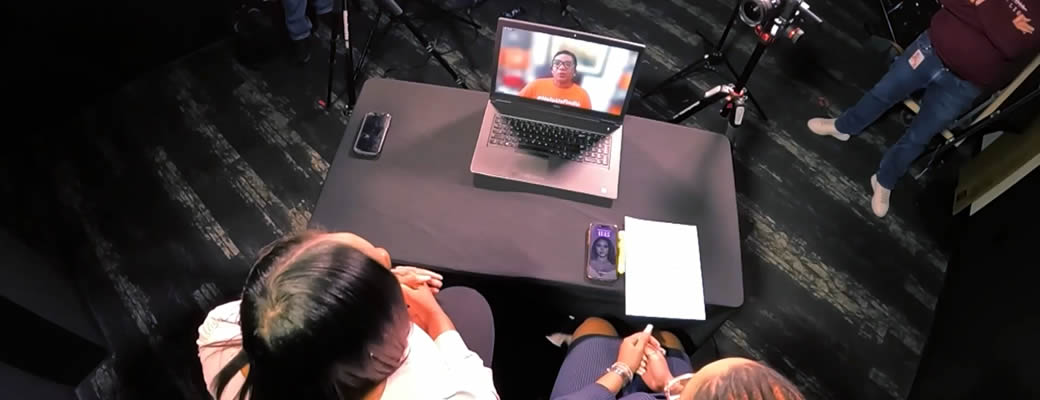‘Digital Milk Carton’: Here’s a modern way you can help your community spread awareness about missing people
Click2Houston.com
Re’Chelle Turner, Moriah Ballard
November 3, 2023
If you were born any time before the new millennium, the idea of milk cartons is not foreign to you.
If you can, reach back… way back… into your memory and think about what those milk cartons used to look like.
Oftentimes, we remember sitting and reading the random words on the side while watching our favorite Saturday morning cartoons.
But, do you remember the countless number of cartons that had pictures of missing young people on them?
Back then, agencies who were searching for missing or endangered people would add an image and brief description of the person to get the community’s attention.
The concept started following the disappearance of Etan Patz in the late 70s. The tactic of putting missing kids’ faces on the side of milk cartons became widely popularized as Etan, a young white child, was said to have been the first missing kid to have his picture shown on milk cartons, according to CrimeMuseum.org.
But, what about the other tens of thousands of Black children during that time who didn’t get the chance?
It was widely debated back then that missing people who were Black or brown did not get the same amount of coverage on television, or opportunities such as being on the side of the milk carton.
In 2023, we’re dealing with the same story.
Earlier this week, KPRC 2′s Re’Chelle Turner and Moriah Ballard spoke to the co-founder of the Black and Missing Foundation about several dozens, if not hundreds, of cases that go unsolved, largely due to the victim being a person of color.
The Black and Missing Foundation shows the disparities in missing persons cases, highlighting that missing cases of Black people remain open longer than those for white people. In 2022, about 546,568 people were reported missing, and 38% were Black.
Co-founder Natalie Wilson said since the days of milk cartons are over, it’s now up to the community to become like a version of those old-school milk cartons by coming up with ways to further spread awareness if someone in your proximity is missing.
“We need our community to be our ‘digital milk carton,’” Wilson said. “I know when I was growing up, missing people were on the milk cartons in the grocery store.”
She added that it is important for members of the community to be aware of who is missing from their area so that they can keep a watchful eye out during their daily lives.
“If you could just understand or know who is missing from your community, you know?” Wilson said. “Start there. Share that information with your network, and really help our cause and it could help your community bring more people home.”
In the KPRC 2 newsroom, we are continuing the conversation about what more we, as journalists, can do to properly tell the stories of missing Black and brown people across our area and the nation. We created a series titled ‘The Perfect Victim,’ as we question the reason why people of color who go missing or are killed are not labeled as a victim and are even times vilified in the public eye.
Photo credit: KPRC

